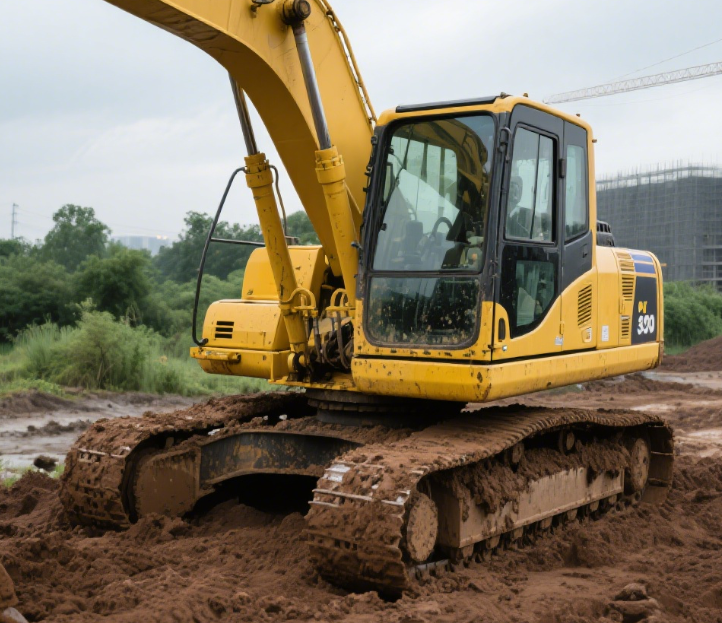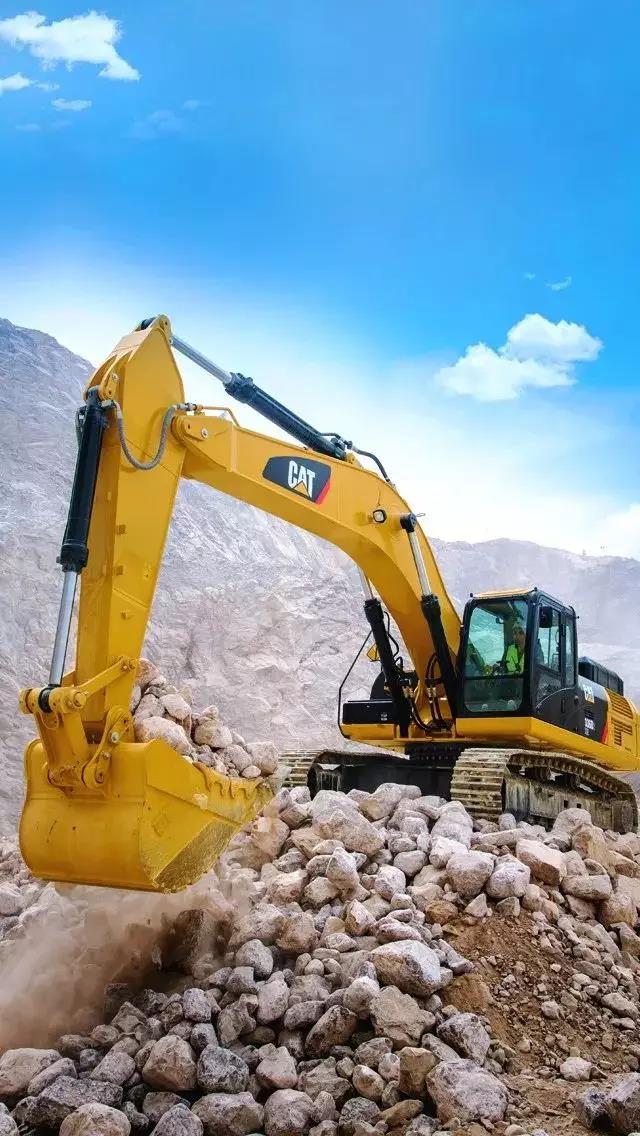The Future of Excavation: How Technology and Sustainability Are Reshaping the Industry
- apiuser
- 2025-09-09
- 30
1. The Electric Revolution Takes Root
The most prominent trend is the shift toward electrification. Major manufacturers like Caterpillar, Komatsu, and Volvo CE are aggressively launching full-electric and hybrid excavator models. This move is fueled by stricter global emissions regulations, lower total cost of ownership due to reduced fuel and maintenance needs, and the demand for quieter operation in urban and indoor environments. Electric excavators produce zero tailpipe emissions, significantly reducing the carbon footprint of construction projects and improving air quality for workers.
2. Automation and the Rise of the "Smart" Job Site
Automation is no longer a futuristic concept. Semi-autonomous and fully autonomous excavators are being deployed for repetitive and precise tasks, such as trench digging and grading. These machines use a combination of GPS, IoT sensors, and machine learning to operate with incredible accuracy, reducing human error and increasing productivity. Furthermore, telematics systems now provide real-time data on machine health, location, fuel consumption, and utilization, allowing fleet managers to optimize operations, schedule predictive maintenance, and minimize downtime.
3. Enhanced Safety Through Technology
Safety is receiving a major boost from new technologies. Advanced operator assistance systems are becoming standard. Features like 360-degree camera views, proximity detection systems that alert operators to nearby workers and obstacles, and load-assist systems that prevent tipping are making job sites safer than ever before. Some models even incorporate augmented reality (AR) displays to help operators see buried utilities or planned dig paths overlaid on the real world.
Give Us What You Need
SUBSCRIBE
INQUIRY


